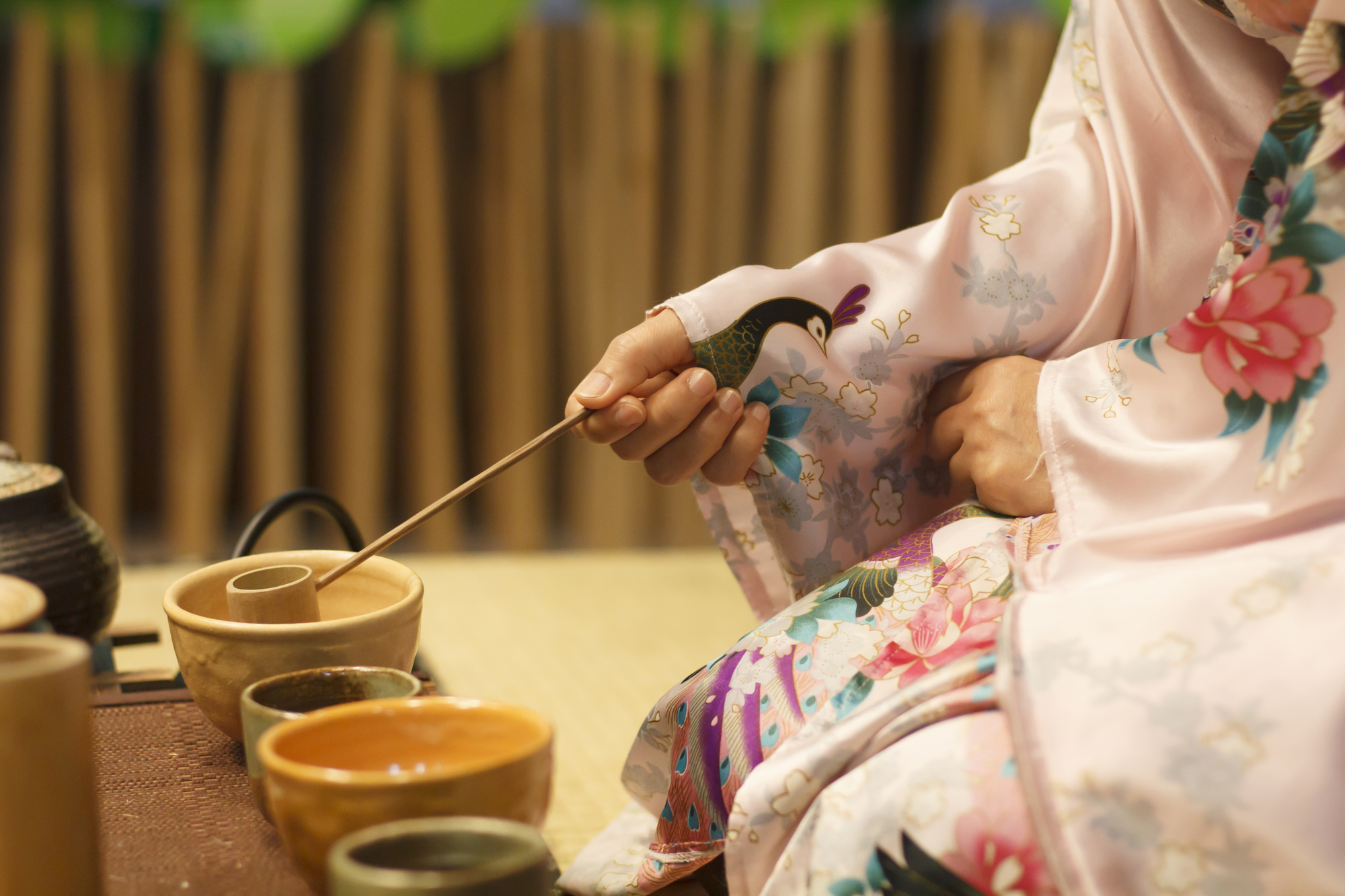Table of Contents
In Japan, tea is more than just a beverage; it is an integral part of the country’s culture. The Japanese tea ceremony focuses on the preparation, presentation, and consumption of powdered green tea called “Matcha.” In this article, we will explore the origins and history of the Japanese tea ceremony, the philosophy and principles behind it, the elements of the tea ceremony, the steps involved in its practice, and its significance in modern-day Japan and beyond. Join us on a journey through the “way of tea” and discover the importance of tea in Japanese culture.
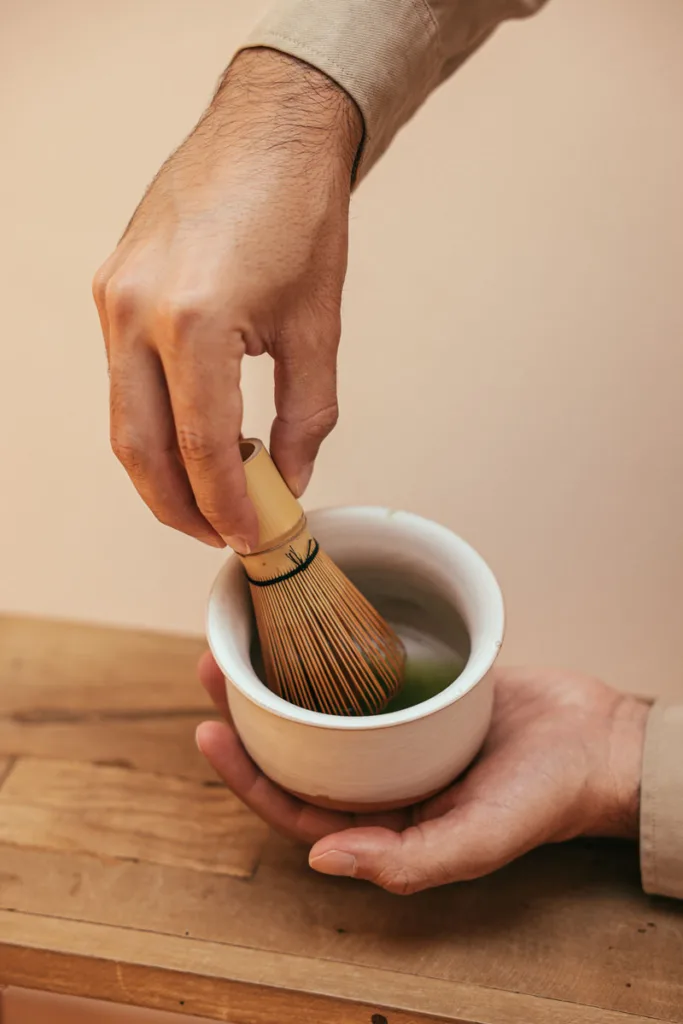
History of Japanese Tea Ceremony
The origins of the Japanese tea ceremony can be traced back to China during the Tang Dynasty (618-907 CE), where the practice of preparing and serving powdered tea was introduced. In the 12th century, a Japanese monk named Eisai brought the tea seeds and the knowledge of tea preparation back to Japan from his travels in China, and this marked the beginning of the Japanese tea ceremony.
It was during the 15th and 16th centuries, under the influence of tea master Sen no Rikyu, that the tea ceremony began to take shape as a distinct practice with its own unique philosophy and aesthetics. Rikyu has his emphasis on simplicity, harmony, and the beauty of imperfection, which became core principles of the tea ceremony.
Over time, different schools of tea ceremonies emerged, each with its own styles, techniques, and interpretations of the principles of tea ceremony. Today, the Japanese tea ceremony continues to evolve and adapt to modern times while remaining rooted in tradition and cultural heritage.
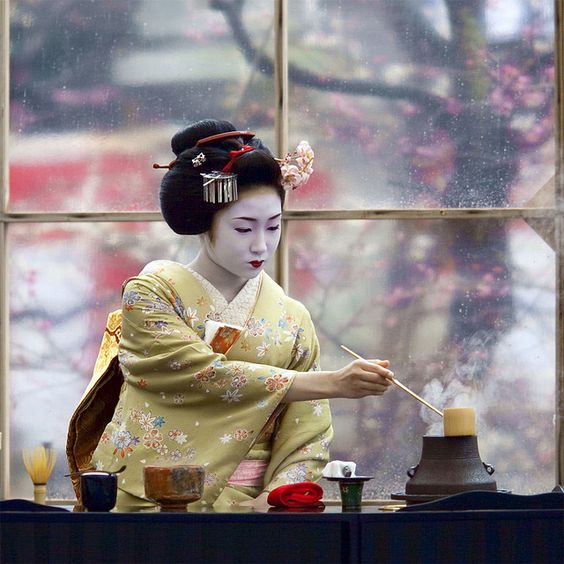
Philosophy and Principles of Tea Ceremony
The Japanese tea ceremony, or “Chado,” is more than just a way to prepare and drink tea; it is a philosophy and a way of life. At its core, the tea ceremony is about finding harmony and peace in everyday life through the ritual of preparing and serving tea.
The Four Principles of Tea Ceremony, or “Shokyaku no Go,” are central to the philosophy of Chado. These principles are Harmony (Wa), Respect (Kei), Purity (Sei), and Tranquility (Jaku). Harmony emphasizes the importance of creating a peaceful and harmonious atmosphere during the tea ceremony. Respect stresses the significance of showing respect and appreciation for others, the tea utensils, and the natural world. Purity focuses on the importance of cleanliness and purity in the tea room, as well as in one’s mind and heart. Tranquility encourages a quiet, calm, and meditative state of mind during the tea ceremony.
Mindfulness and meditation are also integral parts of the tea ceremony. Through the slow and deliberate movements of preparing and serving tea, one can cultivate mindfulness and focus on the present moment. The tea ceremony provides an opportunity for reflection, relaxation, and inner peace in a world that is often busy and chaotic.
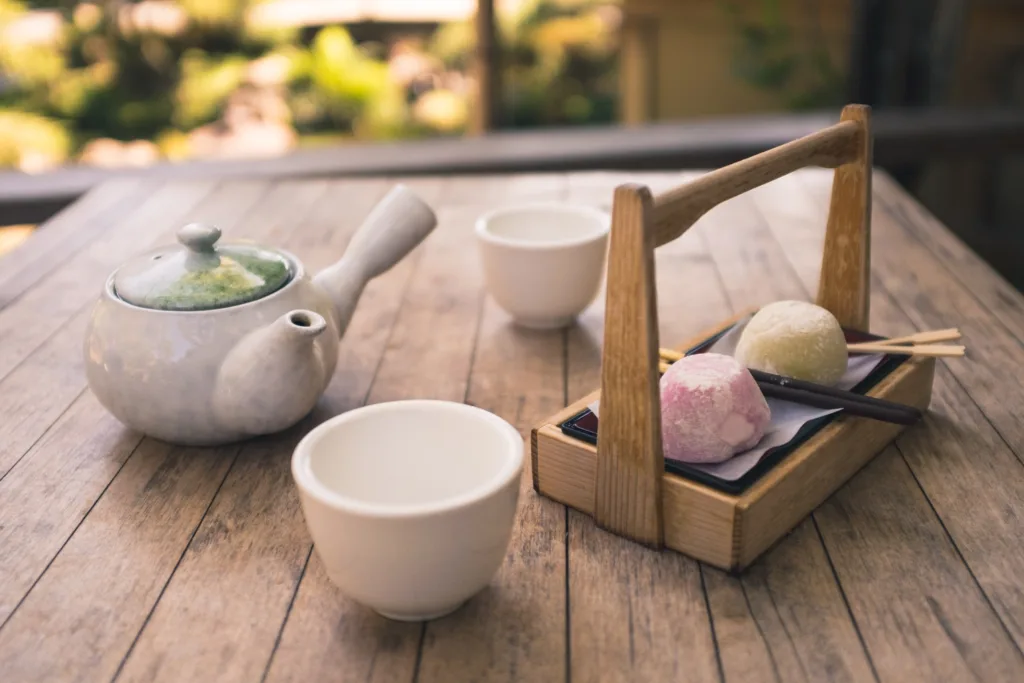
Elements of Tea Ceremony
The tea ceremony takes place in a special room called the “chashitsu,” which has a peaceful and serene atmosphere. The room is usually small, with simple and natural decorations that reflect the principles of the tea ceremony.
The tea utensils used in the ceremony are carefully selected for their beauty, quality, and functionality. The most important utensils include the tea bowl (chawan), the tea scoop (chashaku), and the tea whisk (chasen)
In addition to the tea utensils, other elements such as flowers, incense, and calligraphy play an important role in the tea ceremony. Flowers are often there to add color and natural beauty to the tea room, while incense creates a calming and pleasant aroma. Calligraphy is also in the tea room and conveys a message of mindfulness, simplicity, and beauty.
Overall, the elements of the tea ceremony work together to create a harmonious and peaceful environment that promotes relaxation, reflection, and inner peace. The attention to detail in the selection and arrangement of these elements is an important aspect of the tea ceremony and reflects the principles of Chado.
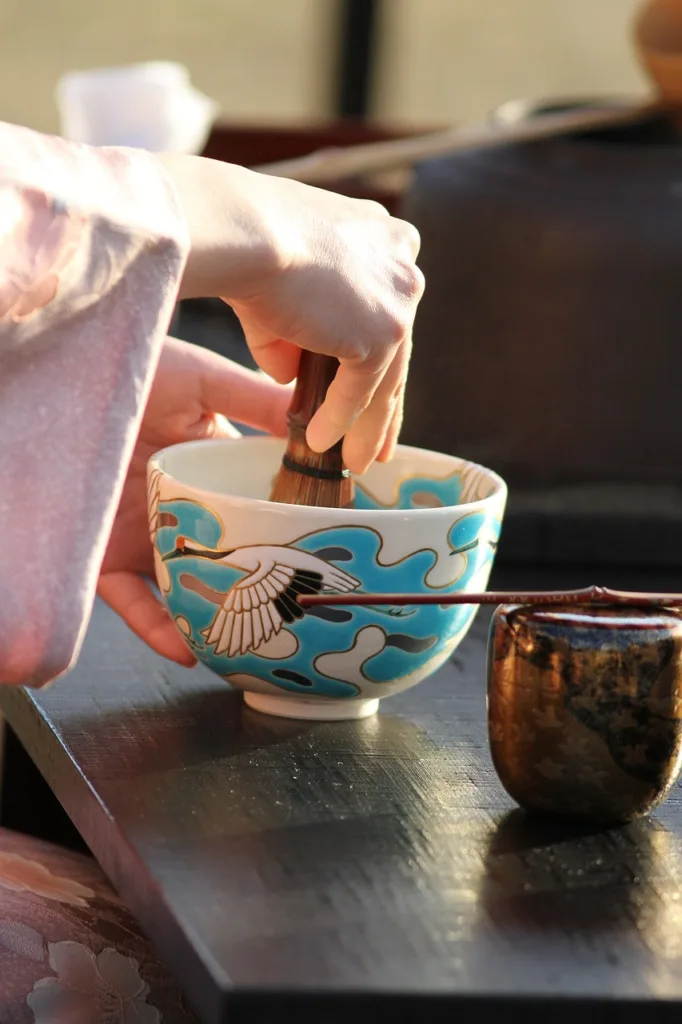
Tea Ceremony Steps
The traditional Japanese tea ceremony, or “Chanoyu,” is a multi-step process. Each step of the ceremony has a specific meaning.
Here is a brief walkthrough of the traditional tea ceremony process:
- The Host Greets the Guests: The host welcomes the guests and leads them to the tea room, where they cleanse their hands and mouths before entering.
- Preparing the Tea Utensils: The host cleans and prepares the tea utensils, including the tea bowl, tea scoop, and tea whisk.
- Preparing the Tea: The host uses the tea scoop to measure the powdered green tea and adds hot water to the tea bowl.
- Serving the Tea: The host presents the tea bowl to the guest with a bow. The guest receives the bowl, admires it, and then takes a sip of the tea.
- Cleansing the Utensils: The guest cleans the tea bowl, tea scoop, and tea whisk, and returns them to the host.
- Closing the Ceremony: The host concludes the ceremony with a bow, and the guests leave the tea room.
Each step of the ceremony has a specific significance and symbolism that reflects the principles of Chado. For example, the cleansing of hands and mouth represents the purification of the body and mind, while the preparation of the tea utensils represents the attention to detail and respect for the guests.
There are different styles of tea ceremonies, including the formal and highly ritualized “Koicha” and the more relaxed and informal “Usucha.” Each style has its own variations and nuances, but they all share the same underlying philosophy and principles of Chado.
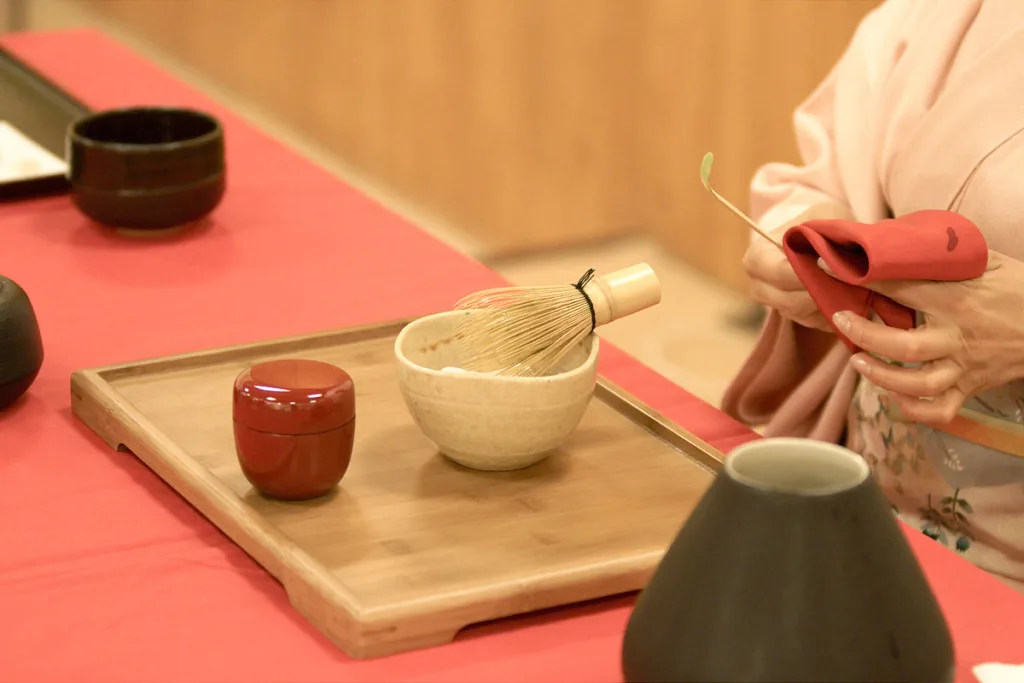
Tea Ceremony Today
Tea ceremony remains an important part of Japanese culture, and people continue to practice it in modern Japan. While it is not as widely popular as it once was, there are still tea ceremony schools and practitioners who pass on the tradition to new generations.
Outside of Japan, the tea ceremony has gained popularity in other countries, particularly in the West, as a way to experience Japanese culture and learn about its philosophy and principles. There are many tea ceremony schools and workshops around the world, providing opportunities for people to learn about and experience this traditional practice.
The tea ceremony has also had a significant influence on Japanese culture, not just in terms of aesthetics but also in terms of philosophy and lifestyle. The principles of Chado, such as harmony, respect, purity, and tranquility, have roots in Japanese culture and you can see it in many aspects of daily life, from traditional arts and crafts to everyday social interactions.
In conclusion, the tea ceremony is not just a traditional practice, but a philosophy and way of life that has had a lasting impact on Japanese culture and society. Its continued practice and influence both within and outside of Japan serve as a testament to its enduring significance.
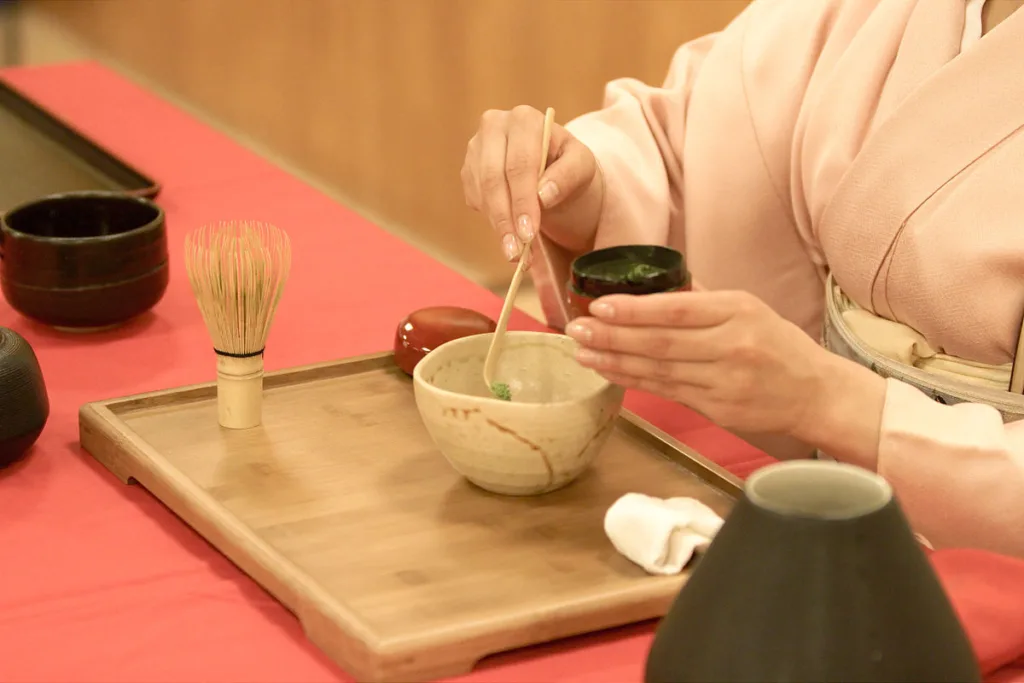
5 places to Experience a tea ceremony in Japan
- Urasenke Konnichian in Kyoto – This is one of the most famous tea ceremony schools in Japan, and offers tea ceremony lessons and demonstrations to the public.
- Shofuan in Tokyo – This tea house is located in the historic district of Asakusa, and offers a traditional tea ceremony experience in a beautiful setting.
- Waraku-An in Kanazawa – This tea house is located in the Kenrokuen Garden, one of the most famous gardens in Japan, and offers a unique tea ceremony experience surrounded by nature.
- Enshuryu Tea House in Hiroshima – This tea house is located in the beautiful Shukkei-en Garden, and offers a traditional tea ceremony experience in a serene environment.
- Nishio City in Aichi Prefecture – This area is famous for its high-quality tea production and offers many opportunities to experience a traditional tea ceremony and learn about tea culture.
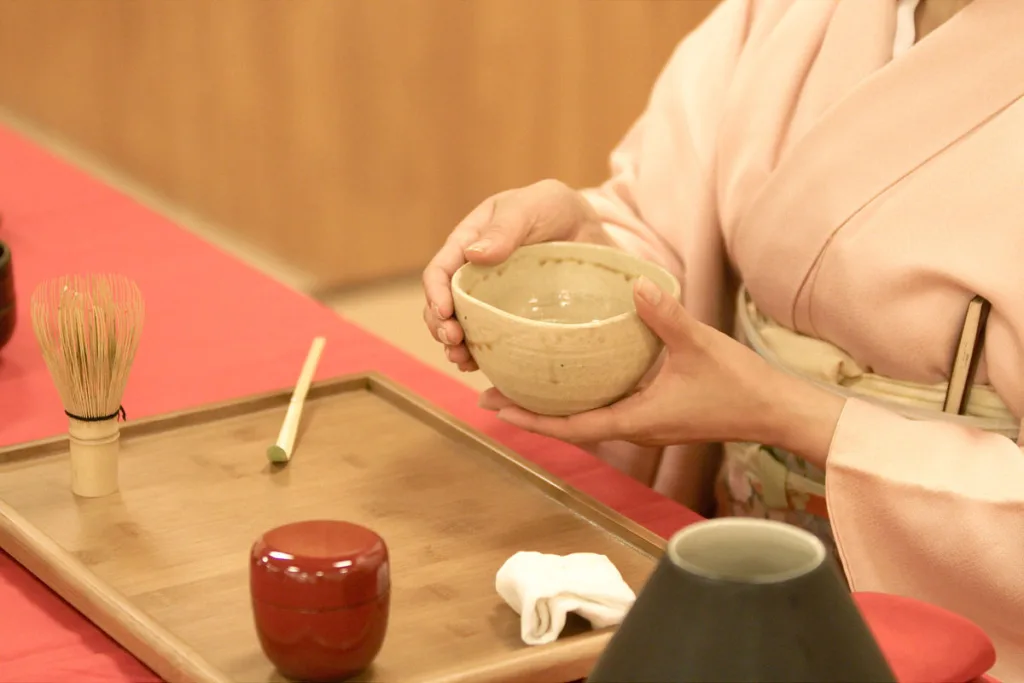
The significance of the “way of tea” beyond the tea room
In conclusion, the Japanese tea ceremony holds a significant place in Japanese culture and has been practiced for centuries. It is not just a cultural tradition but a philosophy and way of life that emphasizes the importance of harmony, respect, purity, and tranquility. The “way of tea” extends beyond the tea room and into many aspects of Japanese daily life.
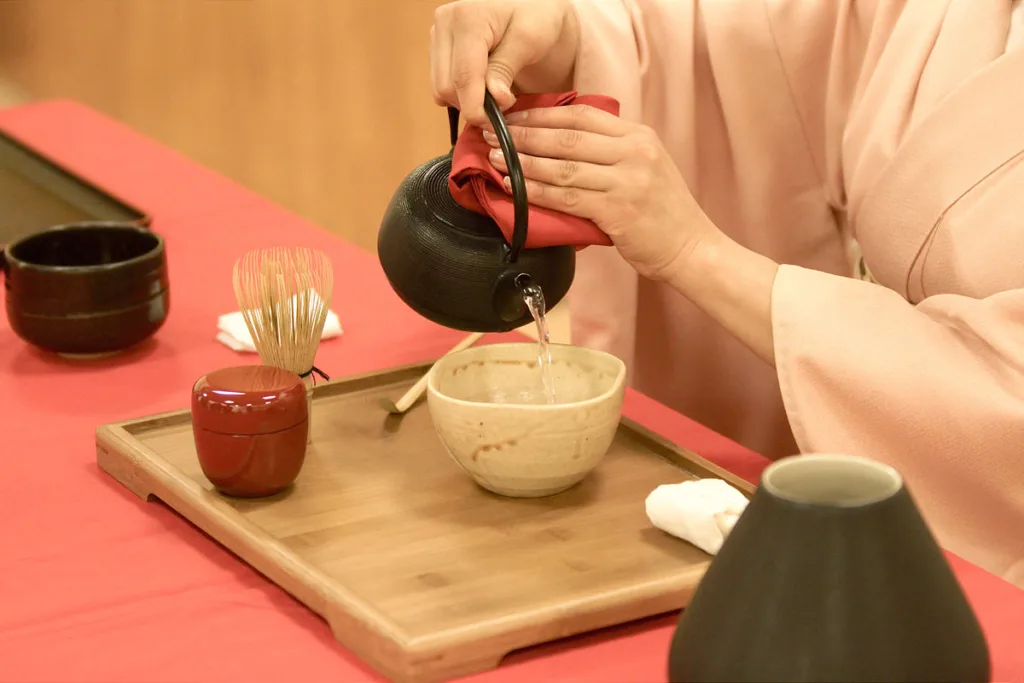
Hot Items for making Japanese Tea at Home:
- Kyusu teapot: A kyusu is a traditional Japanese teapot that is specifically for brewing Japanese green tea. The kyusu is typically from clay or ceramic and has a built-in strainer to help filter out tea leaves.
- Chawan tea bowl: The chawan is a traditional Japanese tea bowl that is for preparing and drinking matcha tea. The bowl is typically from ceramic and has a wide, flat base that makes it easy to whisk the matcha powder.
- Chasen bamboo whisk: The chasen is a bamboo whisk that is used to mix matcha powder and hot water together to create a frothy, creamy texture. The whisk is typically from bamboo and has thin, delicate tines.
- Matcha sifter: A matcha sifter is a small sieve that is used to sift matcha powder to remove any clumps or impurities. This helps to ensure that the matcha is smooth and evenly mixed with water.
- Tea scoop: A tea scoop, also known as a chashaku, is a small bamboo spoon that is used to measure out the perfect amount of matcha powder for each cup of tea.
- Tea tray: A tea tray is used to hold all the tea utensils, tea leaves, and other items used during the tea-making process. It helps to keep everything organized and tidy.
- Tea storage container: It’s important to store Japanese tea properly to maintain its freshness and flavor. Airtight tea canisters made of ceramic or glass are ideal for storing tea.
Favorite Essentials for Tea Ceremony at Home
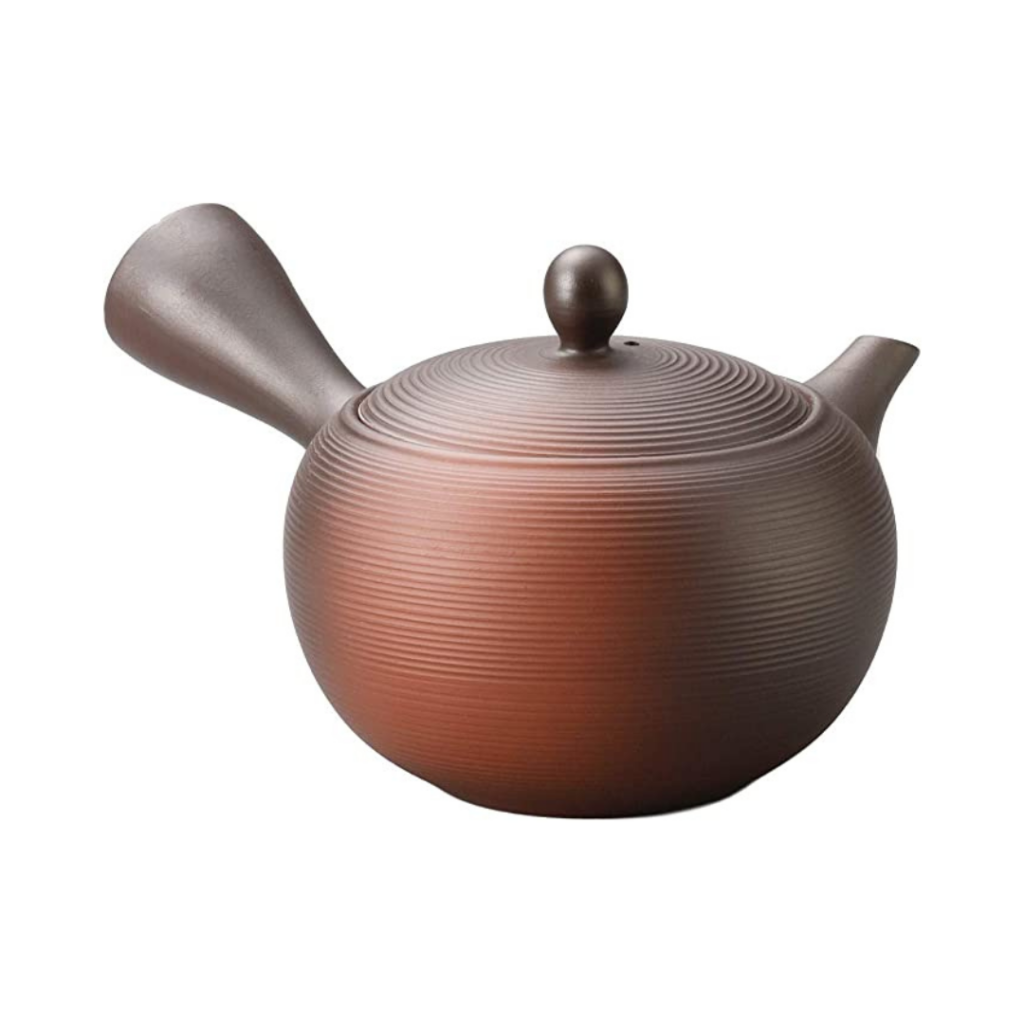
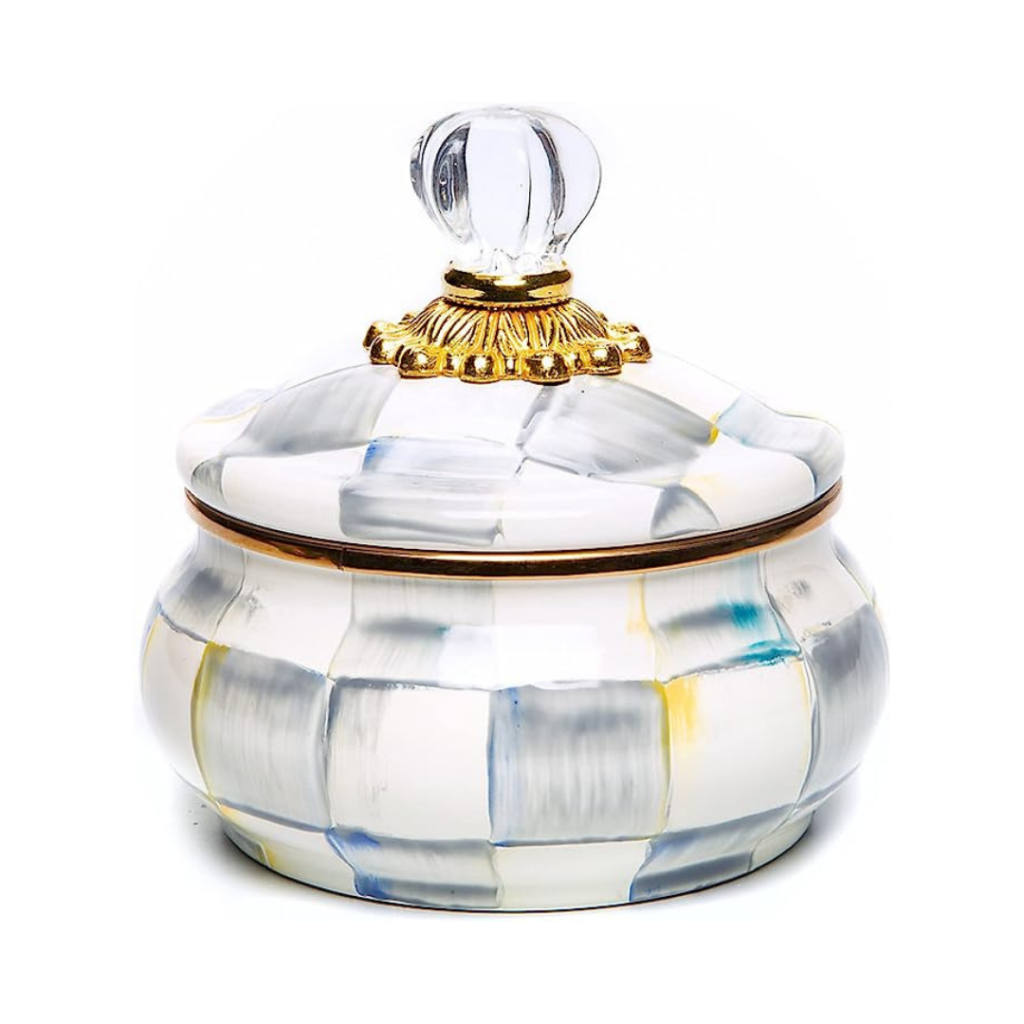
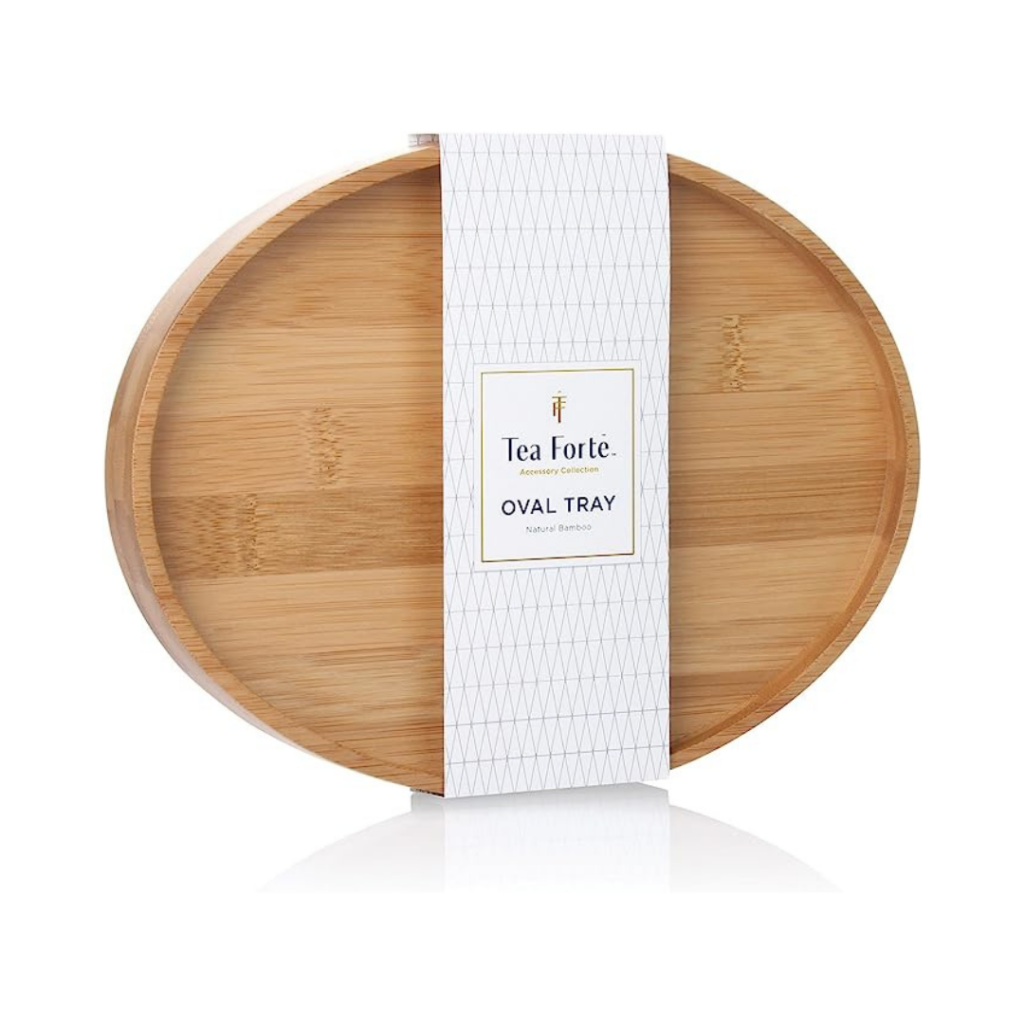
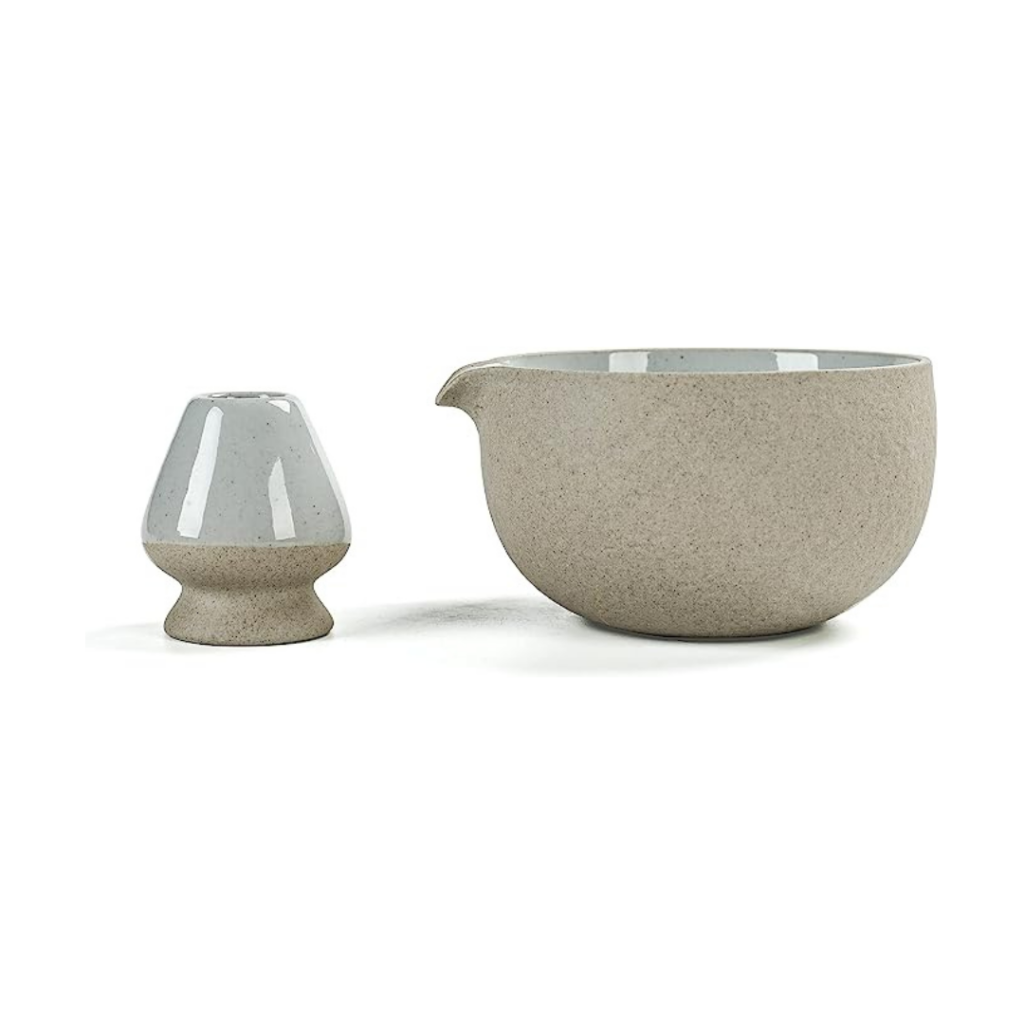
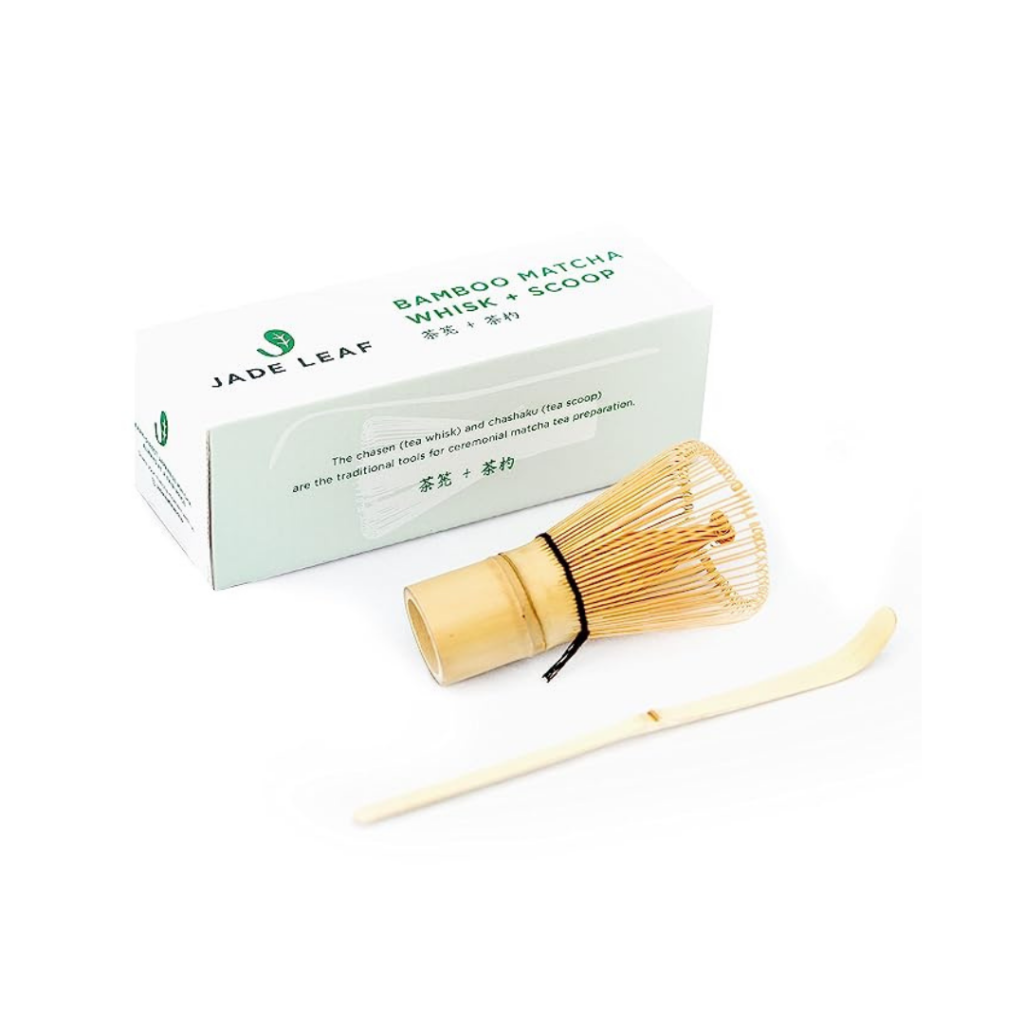
Embrace the way of Japanese tea ceremony
The Japanese tea ceremony is not just a simple act of making and drinking tea. But it is a reflection of the deep cultural and spiritual values of Japan. It is a way to connect with others, cultivate mindfulness, and appreciate the beauty of simplicity. Through the careful selection of tea utensils, the precise movements of the tea-making process, and the shared experience of enjoying tea with others. The tea ceremony is a practice that can bring a sense of calm, harmony, and respect to our daily lives. By embracing the way of Japanese tea ceremony, we can learn to appreciate the present moment and find a deeper sense of connection with ourselves and those around us.
Come to Japan and immerse yourself in the ancient and revered tradition of the Japanese tea ceremony. Discover the peace and mindfulness that it can bring to your life.
